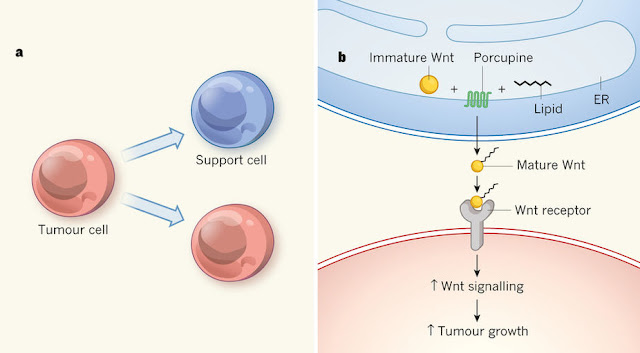Quick note for Tumor suppressor RecQL5 controls recombination induced by DNA crosslinking agents
Paper: Tumor suppressor RecQL5 controls recombination induced by DNA crosslinking agents doi: 10.1016/j.bbamcr.2014.01.005. Epub 2014 Jan 10 It is a little bit complicated to imagine how RecQL5 repairs the damage from interstrand crosslink (ICL) agent, like in this case cisplatin and mitomycin C. RecQ-family; DNA helicase (denature DNA duplex) - maintenance genome stability Focus on RecQL5 - RecQL5 - tumor suppressor - interact with Rad51- displace Rad51-ssDNA Gap; Precise role of RecQL5 is elusive. Results; 1.RecQL5 is involved in DNA interstrand crosslink (cisplatin, mitomycin C) repair. 2.Phenotype of RecQL5 KO resembled to FA gene KO cells 3.RecQL5 is involved in FANCD1 (BRCA2)-dependent ICL repair 4. Disappear of Rad51-foci delayed in REQL5KO cells after MMC treatment 5. Rad54 delayed Rad51-ssDNA in HR, compare to RecQL5 6.RecQL5 sensitivity to CDDP, and delayed Rad51-ssDNA detachment. 7.RecQL5 and Rad54 have a different effect on Rad51-ssDNA detachment. 8.Su
